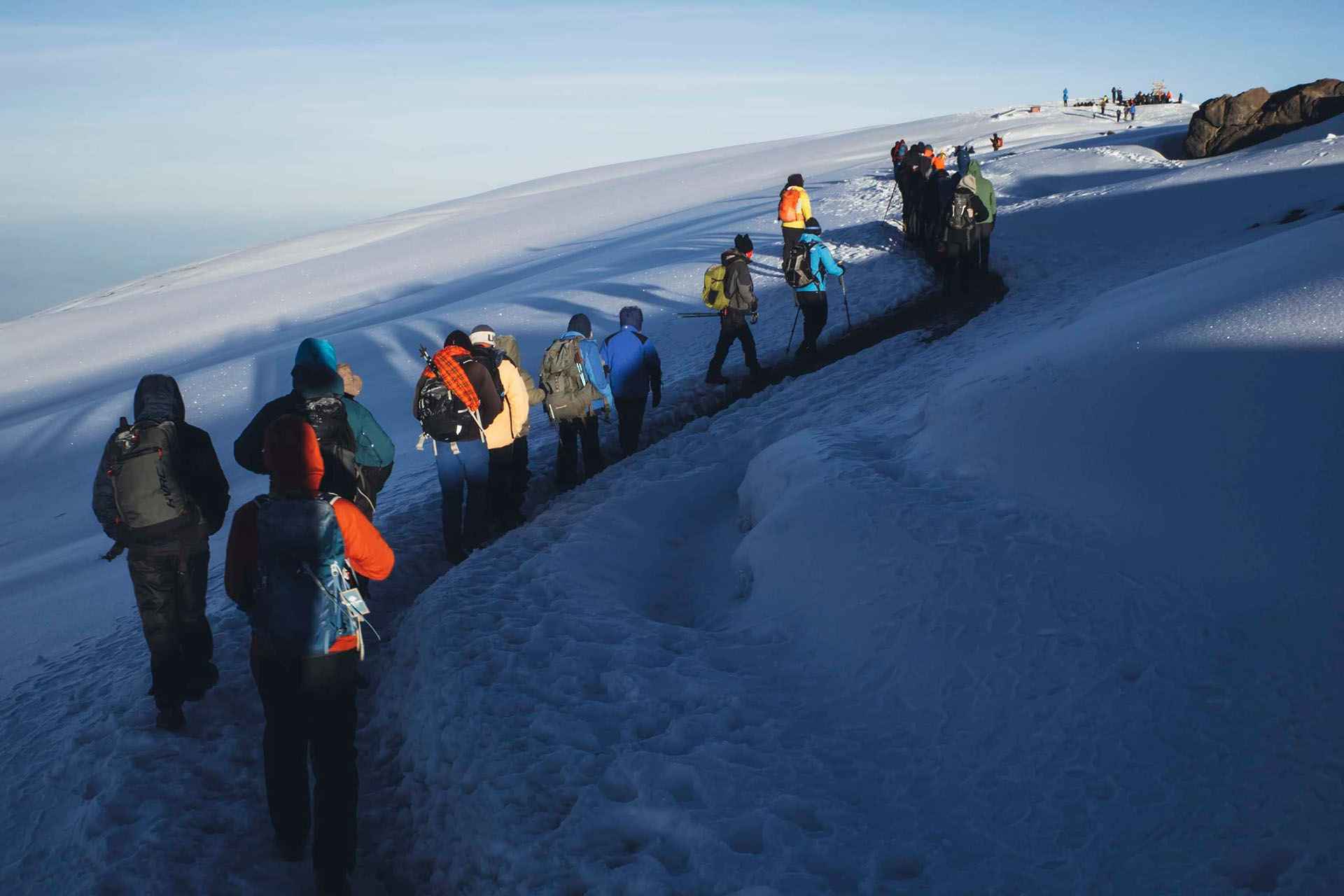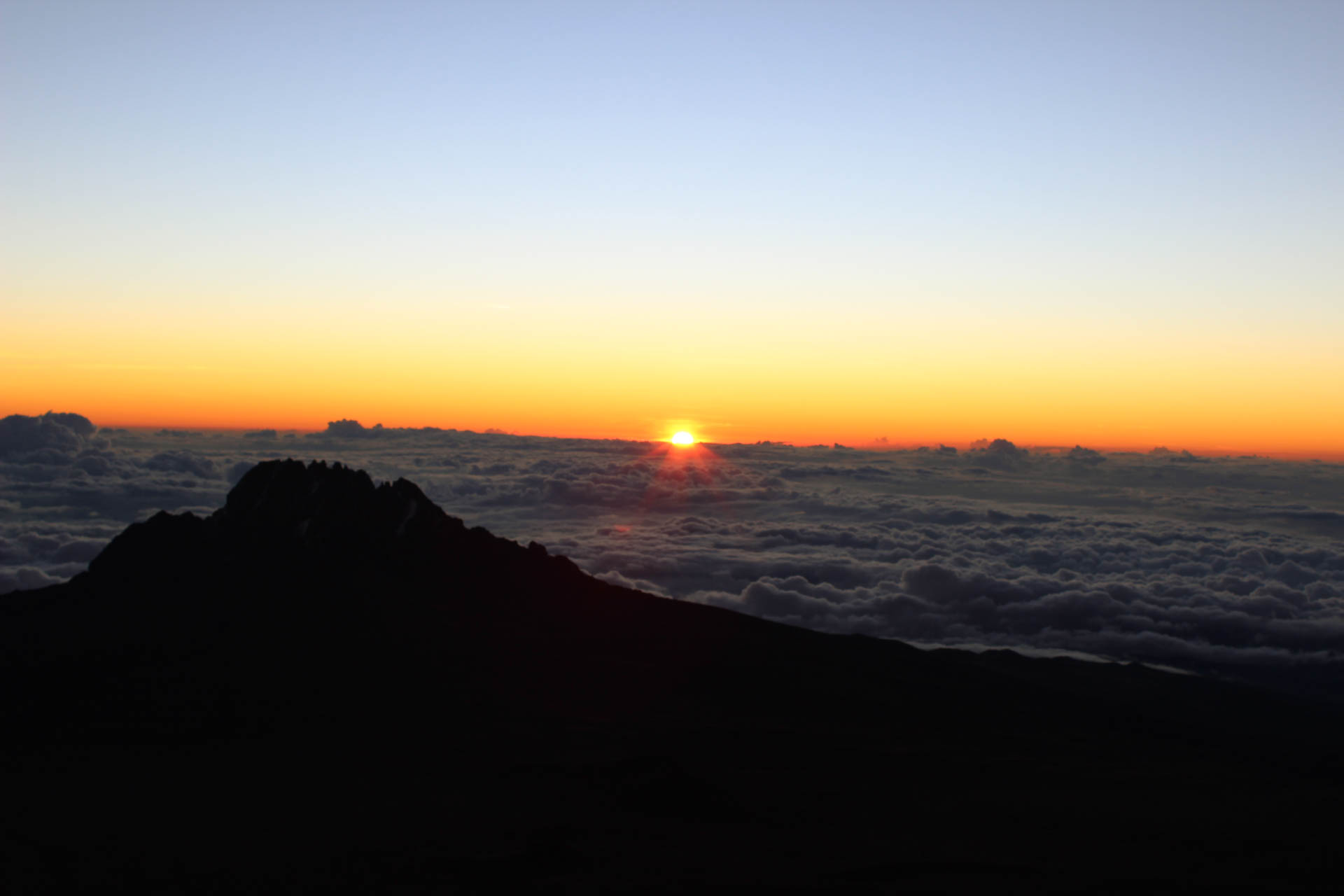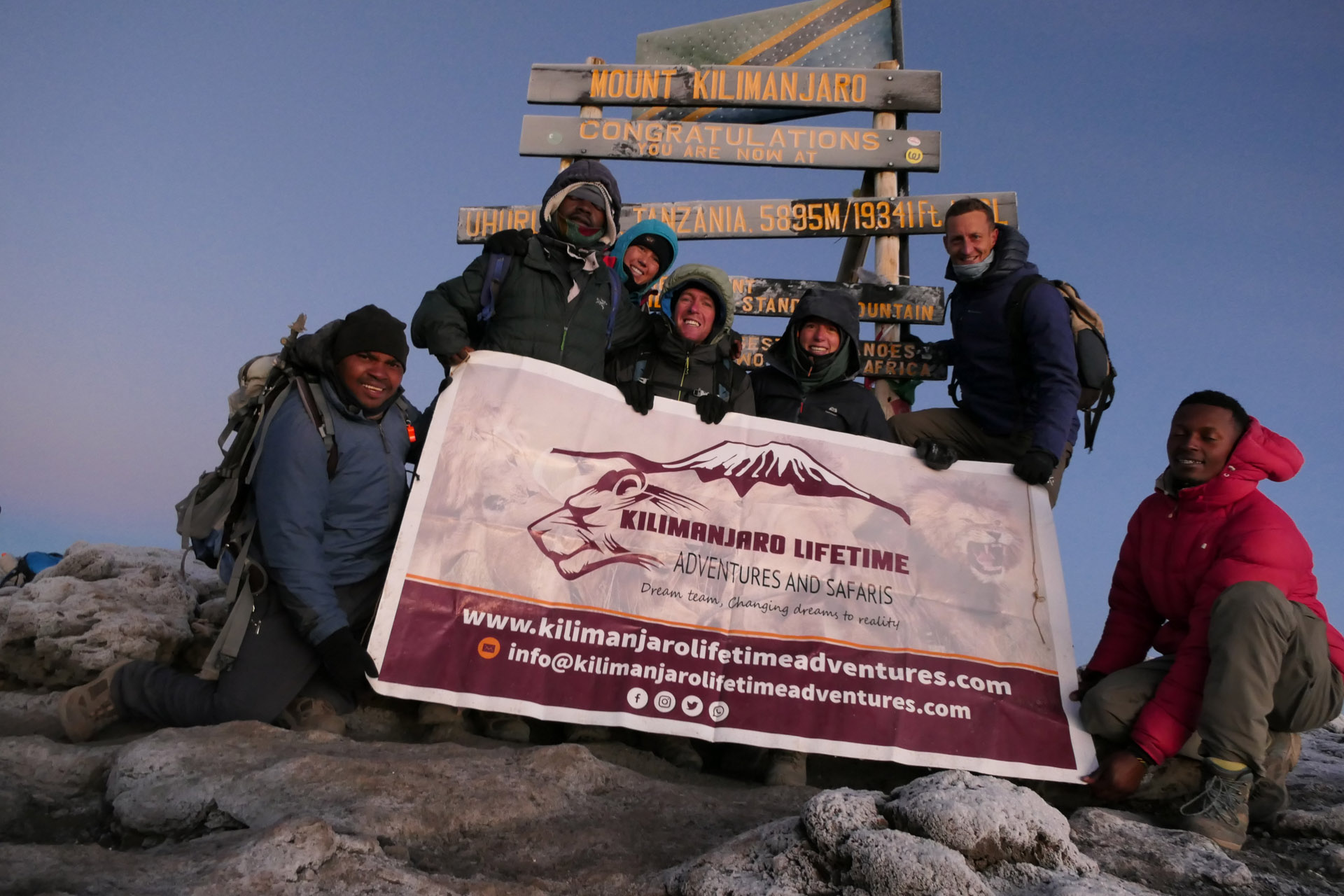Kilimanjaro expeditions are among the most sought-after adventures in the world. Standing at 5,895 meters (19,341 feet), Mount Kilimanjaro is Africa’s tallest peak and the highest free-standing mountain on earth. Every year, thousands of climbers from around the globe travel to Tanzania to test their endurance and witness breathtaking landscapes that shift from rainforest to arctic glaciers.
Unlike technical climbs such as Everest or K2, Kilimanjaro expeditions require no prior mountaineering skills. Instead, they demand stamina, determination, and smart preparation. This complete guide will walk you through the best routes, expected costs, and practical success tips to ensure your Kilimanjaro expedition is safe, rewarding, and unforgettable.
Understanding Kilimanjaro Expeditions
A Kilimanjaro expedition isn’t just about reaching Uhuru Peak. It’s an immersive journey through diverse landscapes, cultures, and climates.
- Ecological zones: From lush rainforest teeming with monkeys to barren alpine deserts and icy glaciers at the summit.
- Cultural experience: Trekkers are often welcomed by the Chagga people, who live on the mountain’s foothills and play a big role in guiding and porter services.
- Global appeal: Kilimanjaro expeditions attract adventurers from all walks of life families, solo travelers, corporate groups, and seasoned explorers.
Each expedition offers a mix of challenge, discovery, and accomplishment, making it a bucket-list adventure.
Private vs. Group Expeditions
Private expeditions offer a flexible schedule, allowing you to start your climb on your preferred date. You receive personalized attention as guides tailor the pace, rest, and support to your needs. These climbs tend to be more expensive due to their exclusivity and are ideal for families, couples, or corporate groups seeking privacy. Group expeditions, on the other hand, are more affordable because costs are shared among participants. They provide a social experience where you can meet like-minded climbers, but they follow fixed dates with less flexibility.
Duration of Kilimanjaro Expeditions
The length of your expedition affects both cost and success. Short expeditions lasting five to six days are cheaper but provide less time for acclimatization, which lowers summit chances. Standard expeditions of seven to eight days strike a balance between cost, acclimatization, and a higher likelihood of reaching the summit. Extended expeditions of nine days or more offer the best success rates, especially on routes like the Northern Circuit. For the best chance of summiting, aim for at least seven days.
Costs of Kilimanjaro Expeditions
Kilimanjaro expeditions require an investment. Park fees and permits typically range from $800 to $1,100, while tour operator costs range from $600 to $1,300, covering preparation, hotel accommodation, guide and porter salaries, and camping equipment. Tipping guides and porters usually adds $200 to $400 per climber. Therefore, the average total cost per climber is approximately $1,700 to $2,500..
Fitness and Preparation
Physical preparation is essential for a successful climb. Cardiovascular training such as hiking, running, or cycling improves stamina, while strength training focuses on the legs, back, and core. Altitude preparation, either by training on hills or using simulated altitude methods, helps the body adjust to thinner air. Mental preparation is equally important, as climbers face long days and variable weather conditions.
Packing for Kilimanjaro
Clothing should follow a layered system, including base layers, insulating layers, and waterproof outer layers. Essential gear includes trekking poles, a headlamp, and a sleeping bag rated for temperatures down to -10°C. Footwear should be sturdy and broken-in hiking boots. Medical preparation involves carrying a first aid kit and any altitude medication recommended by your doctor. Extras such as a camera, snacks, and a hydration system will make your climb more comfortable and enjoyable.
Why Booking Tours with Us?
- Full-time Support
- We are Experts
- Personalized Affordable Service
- Flexible Itineraries
- Safety Standards





